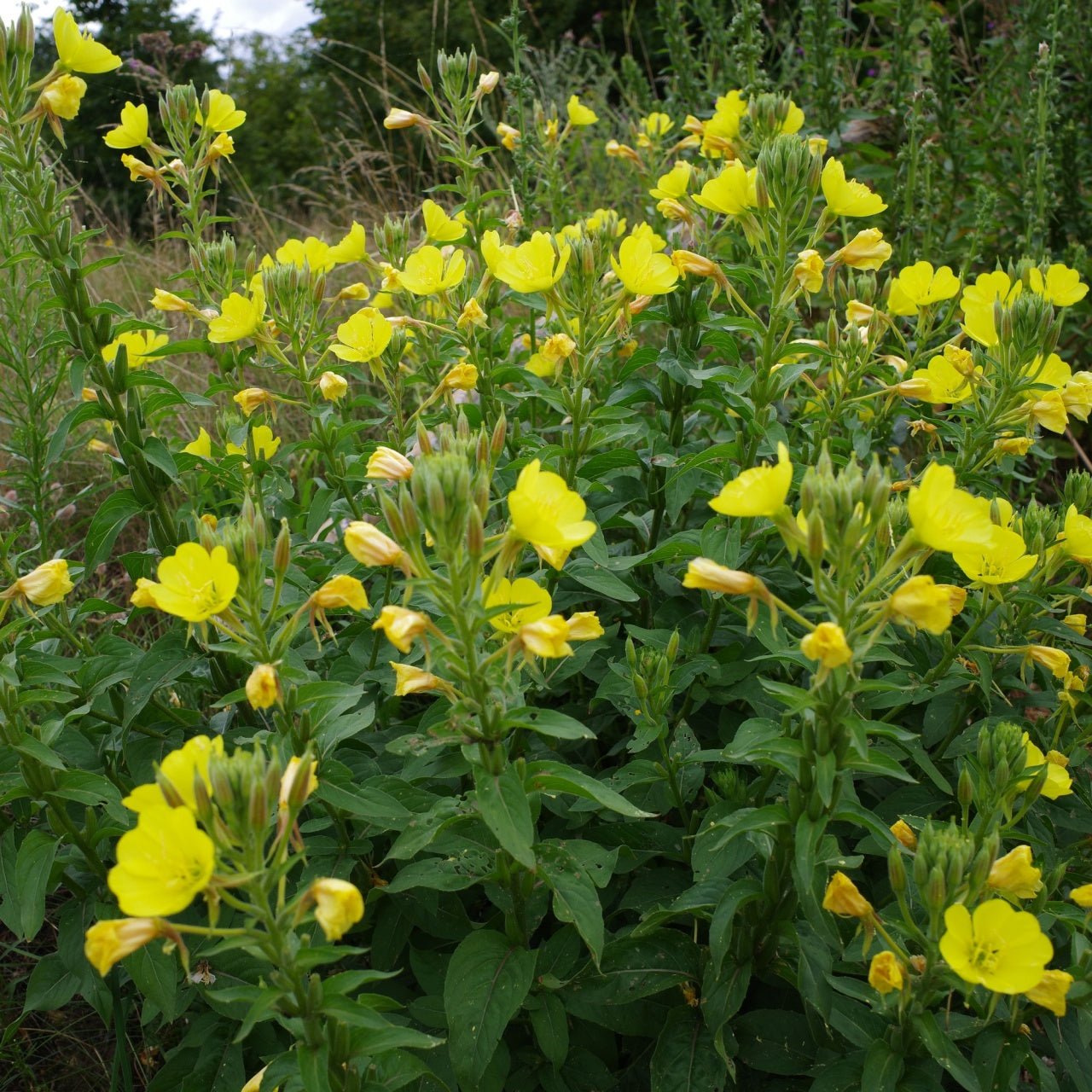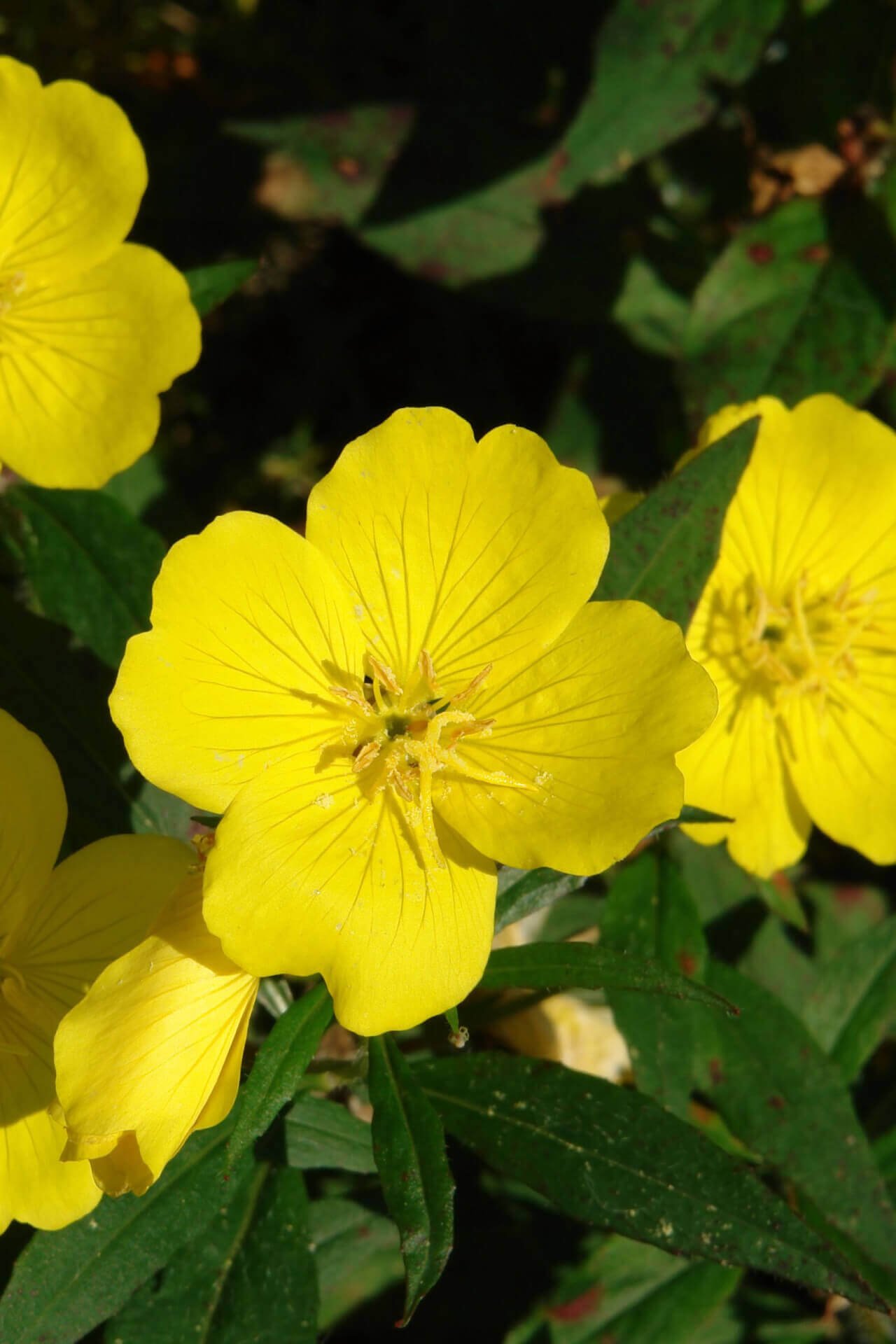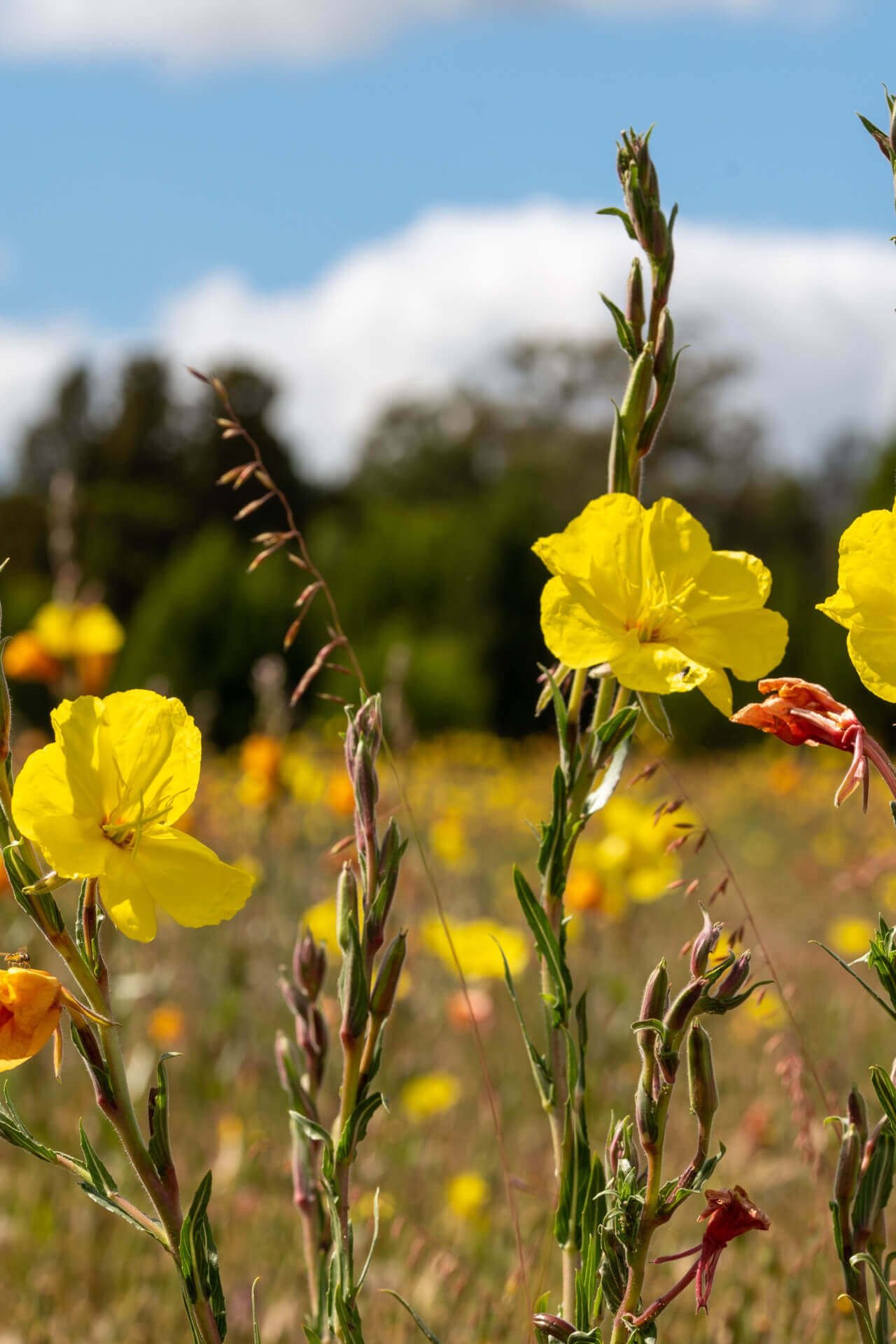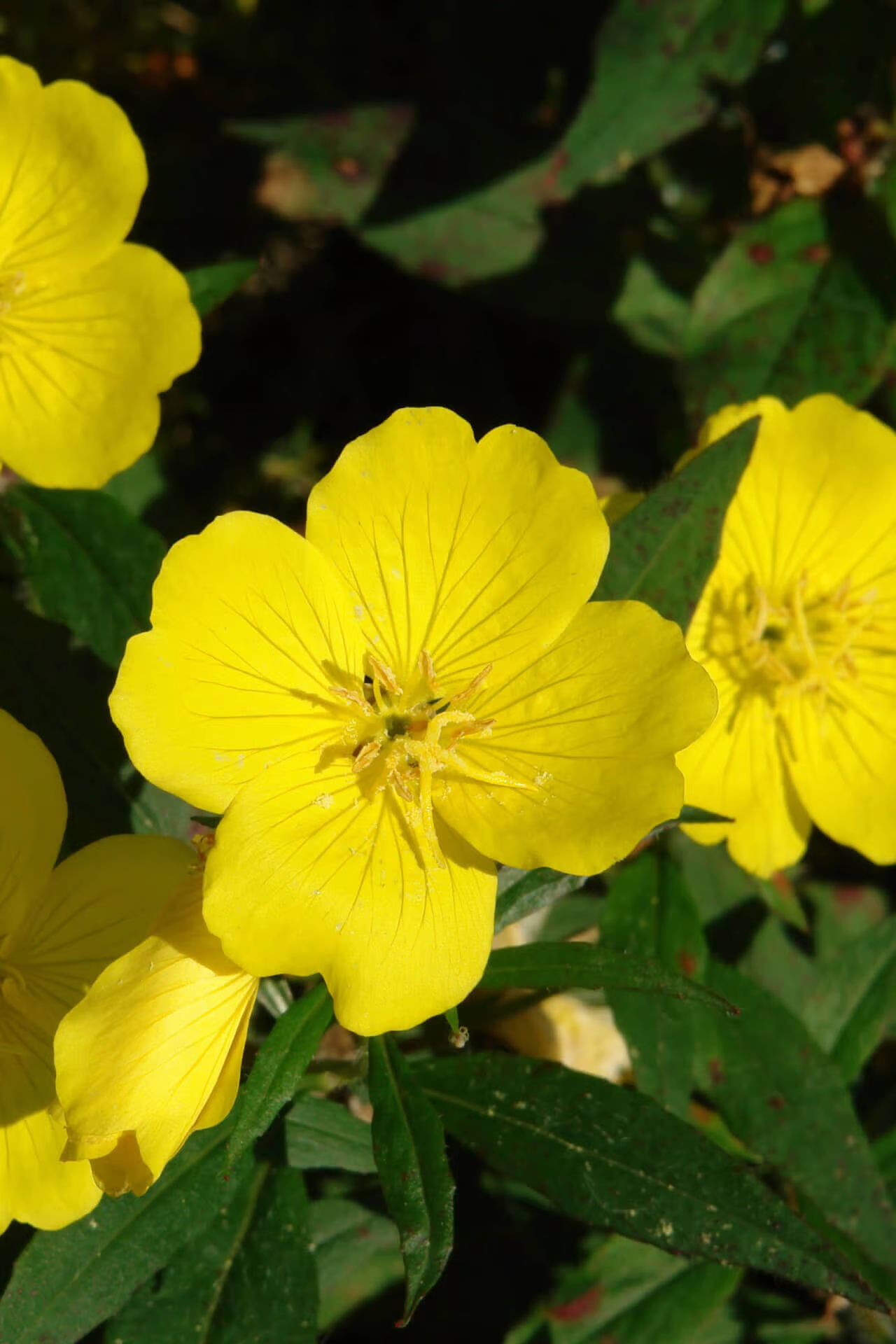




Yellow Primrose
Blooms early, adding seasonal cheer
Brightens up shady garden spots
Perfect for container and ground planting
Thrives in
ZONE 3ZONE 4ZONE 5ZONE 6ZONE 7ZONE 8This plant ships:
Ships Week of May 19th1 Year Guarantee on all plants
Yellow Primrose - Oenothera biennis
The Yellow Primrose is a delicate yellow flower that is native to eastern and central North America. This beauty is unique in that it blooms as the sun is setting, hence its common name of evening primrose. The petals visibly open in the evening and close with the sunrise, creating a strange phenomenon that is special to witness.
Plant Details - Yellow Primrose
Family: Onagraceae
Light Requirement: Full sun, Partial shade
Water Needs: Moderate
Height: 6-12 in
Spread: 12-18 in
Growth Rate: Moderate
Soil Preference: Rocky or sandy
Bloom Time: Late spring - late summer
Flower Color: Yellow
Wildlife Value: Pollinators, Moths, Butterflies, Bees
Notable Characteristics - Yellow Primrose
The Yellow Primrose is an eye-catching native found in woodlands, prairies, and disturbed anthropogenic sites. It has a basal rosette of leaves which continue up its thick, hairy stem. Their stems can grow to be up to six feet tall under the right conditions, with flowers starting to bloom in a cone shape for the top six inches. Its foliage has a wild look to it, as its long, narrow leaves decrease in size towards the top of the stem. The flowers are fragrant, with a light lemon scent that attracts bees and butterflies.
Landscape and Maintenance
This yellow beauty has a fascinating nectar guide pattern printed on its leaves. This pattern is invisible to the naked eye, but is visible under UV light to bees and other pollinators and helps guide them to the nectar source, leading to pollination. Nocturnal moths pollinate this night-owl flower, as well as bees and other insects in the early morning. The seeds of the plant are food for many bird species including the Goldfinch, Bobwing, and Morning Dove. This yellow flower is also a host plant for the Primrose Moth, and the White-lined Sphinx Moth. The moths tend to lay eggs on the flower buds and later, the resulting caterpillars eat the plants’ leaves. This life-cycle support is an important addition to the wildlife community of a native habitat. This gorgeous, yellow flower is an exciting addition to your garden because of its wildlife value, and its unique evening blooms. Plant the Yellow Primrose to increase visual interest and beauty in your garden all day and night long!
This Is How Your Plants Will Look upon Delivery

Bloom Season
Summer
Bloom/Foliage Color
Yellow
Height at Maturity
Under 12"
Care
Yellow Primrose (Primula) thrives in well-draining, fertile soil. Water regularly to keep the dirt consistently moist, but avoid waterlogging. Deadhead finished blooms to promote more flowers and trim back foliage to maintain plant health. Fertilize lightly in spring.
Plant Reproduction
Yellow Primrose spreads by reseeding or dropping and spreading its seeds
Shipping date depends on the date displayed and chosen when you order from the product's page.
We only accept returns on plants verified dead. If you think your plants have died, we offer a 1 year warranty, please use this File a Claim Link to verify dead plants and start with return warranty process.







Vibrant Color:
Yellow Primrose offers bright, cheerful blooms that add a sunny touch to any garden, making it a delightful focal point.
Long Blooming Period:
This plant flowers from spring through summer, ensuring a prolonged display of vibrant yellow flowers.
Easy to Grow:
Yellow Primrose is hardy and low-maintenance, thriving in various soil types and conditions, perfect for both novice and experienced gardeners.
Versatile Planting:
Ideal for borders, garden beds, and containers, Yellow Primrose adds a splash of color wherever it's planted
Caring Tips
How do I care for my Yellow Primrose?
Each box contains detailed care instructions and information about your product. But here's the basics.
Care Tips
Yellow Primrose (Primula) thrives in well-draining, fertile soil. Water regularly to keep the dirt consistently moist, but avoid waterlogging. Deadhead finished blooms to promote more flowers and trim back foliage to maintain plant health. Fertilize lightly in spring.
Light Requirements
Yellow Primrose flourishes in the complete sun to partial shade. It favors at least six hours of explicit daylight but can endure some afternoon shade, particularly in hotter climates. Adequate sunlight ensures vibrant blooms and healthy growth.
Hardy Planting Zones
3 • 4 • 5 • 6 • 7 • 8
Header
Use this content to share information about your store and products.
Frequently Asked Questions
How often should I water my plants?
How do I know if my plant is getting too much or too little sunlight?
What should I do to prepare my plants for winter?
What are the signs that my plant needs fertilizing?
How can I prevent pests from damaging my plants?
How do I choose the right plant for my climate zone?






